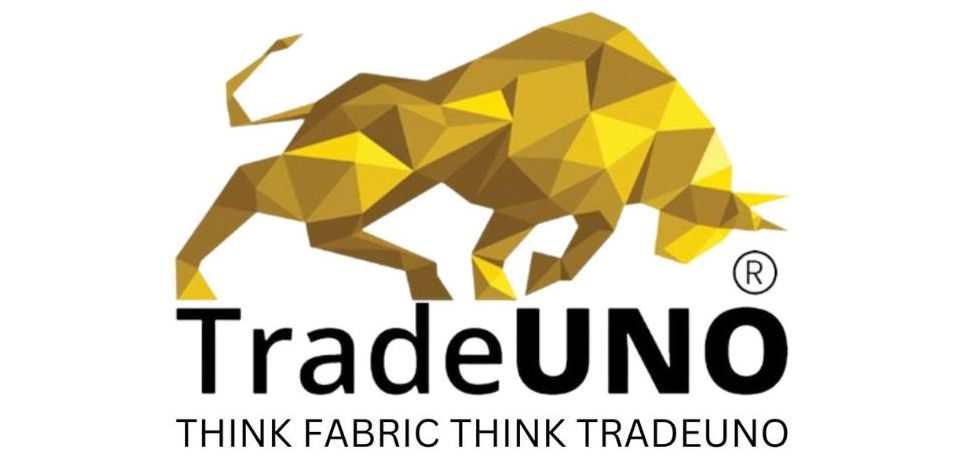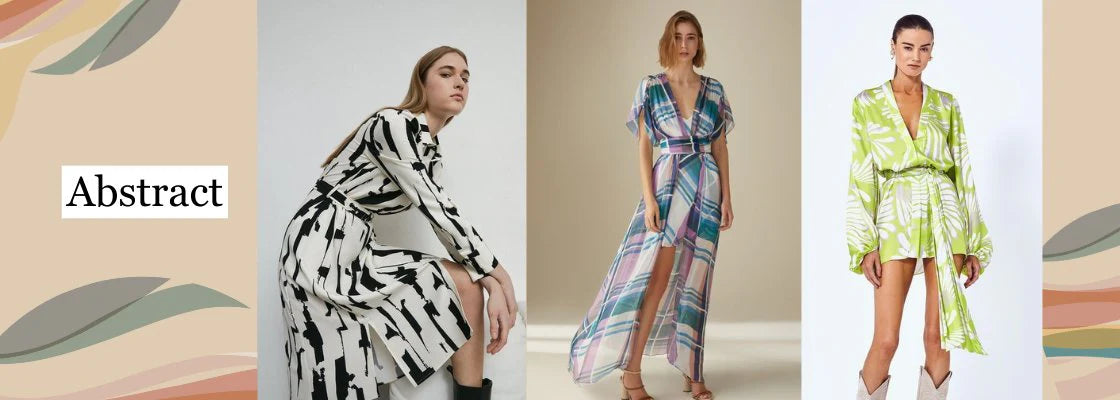What is Slub Pattern Fabric?
Slub pattern fabric refers to textiles intentionally woven with uneven irregularities throughout the texture using purposeful imperfections during processing.
The distinctive lumps and dips interspersed amid usually smooth metres create visual depth and dimension, accentuating the fabric's natural fibres. The randomly dispersed thick and thin character gives a casual ambience, working well for shirtings, scarves and homewares desiring understated organic texture benefiting natural fibres like linen, cotton, wool and silk.
History of Slub Pattern Fabric
- Fabric slubs first emerged in early handwoven textiles, inevitably occurring during pre-industrial production.
- However, appreciation developed, showcasing these variations as hallmarks of artisanal craftsmanship and exclusivity compared to flawlessly uniform mass-manufactured cloth.
- Japan remarkably esteemed slubbed fabrics like Nagoya's meisen silk kimonos.
- Modern machinery now also intentionally replicates slubs.
Applications of Slub Pattern Fabric
- Slub patterned fabrics commonly utilise cotton, linen, hemp and wool fibres for casual fashion essentials like t-shirts, button-downs, jersey tops or shawls when visual depth gets introduced through intermittent dips and bumps in the knit or weave structure.
- The randomness imparts dysfunction, adding intrigue against minimal modern interiors on throw pillows and lampshades.
- Viscose and Tencel slubs also gain usage across bedding and loungewear.
Types of Slub Pattern Fabric
- Cotton Slubs - Most prevalent, offering soft breathability
- Linen and Hemp Slubs: Natural temperature regulating utility
- Wool & Cashmere Slubs: Luxe cold weather cosiness
- Silk Slubs: Opulent sheen with delicate undertone
- Seersucker Slub: Striped patterning alternating smooth and slubbed stripes
- Denim Slubs: Casual lower maintenance alternative to traditional denim
- Viscose/Rayon Slubs: Flowy artificial silk alternative cheaper than natural silk yardage
- Polyester Slubs: Wrinkle-resistant accessible care properties
- Metallic Slub Fabrics - Spotted texture with glimmering threads woven throughout
Uses and Characteristics of Slub Pattern Fabric
- Uneven texture - irregular nubby slubs along length create distinctive visual appeal
- Cotton preferred - slub effect well-achieved in 100% cotton or cotton-blend fabrics
- Casual wear - used frequently for dresses, tunics, shirts, kurtis suited for daily wear
- Lightweight - the slub yarns woven in don't add much weight, hence providing comfort
- Breathable - the loose weave and natural fibres like cotton allow good air permeability
- Absorbs dyes well - vivid colours and prints can be realised on slub fabrics
- Affordable - not a specialised weave; hence, pricing is generally competitive
- Wrinkles easily - the nature of weave leads to wrinkling, needing steam iron
- Care - requires gentle wash cycles and air drying for longevity
Why Should You Buy Slub Pattern Fabric Online?
Trustworthy online fabric merchants like TradeUNO conveniently source globally curated premium slub fabrics. Specialising in premium mills, they offer affordable prices and digital print coordination options, making small-batch orders tailored for matching apparel or decor projects convenient.
Slub Pattern Fabric Latest Trends 2024 for Festivals & Occasions
- This year, men's fashion is all about comfy, eco-friendly fabrics like slubbed hemp and linen. Look out for laid-back camp collar shirts, perfect for layering over tanks at summer music festivals.
- Stretchy leggings with glittering slub accents combine athletic ease and cocktail style. Pair them with sleek cowl neck tops to update elegant outfits.
- Warm cashmere and cotton slub knits effortlessly capture a cosy, chic style perfect for winter weddings at mountain resorts or ski cabins.
- Basketweave slub throws infuse wanderlust whimsy into eclectic bohemian interiors this spring beyond predictable solid basic slub sheeting.
FAQs about Slub Pattern Fabric
1. Does slub fabric require any special care or washing considerations?
Ans: Not specifically, but following individual fibre recommendations proves wise, i.e., gently handle delicates like silk and cashmere while hardy cotton withstands vigorous machine cycles.
2. What causes the lumps and irregular texture of slub fabrics?
Ans: Slubs result from the uneven spinning of fibres into threads, and then interlacing weaving and knitting increases thickness variation points. Modern machinery replicates this organically occurring effect from primitive production days.
3. Is slub fabric appropriate for formal aesthetics?
Ans: Slub's casual texture often skews a more relaxed ambience, but silk slubs and viscose certainly offer refined fluidity that could translate sufficiently elevated for a black tie with enough draping dimension.
4. What slub fabric is best for making apparel?
Ans: Soft, supple cotton and viscose slubs withstand friction against the skin, preventing irritation best for direct contact clothing. However, many slubs can be used for multi-purpose apparel from decor crossover.
5. Where can the greatest variety of slub fabric be found?
Ans: Sourcing slubs through speciality online global fabric merchants like TradeUNO conveniently grants access to a broader range of premium imported textiles from mills specialising in slubs across continents.


 Call Us
Call Us






